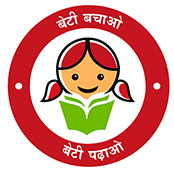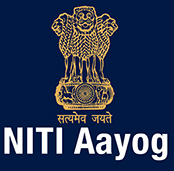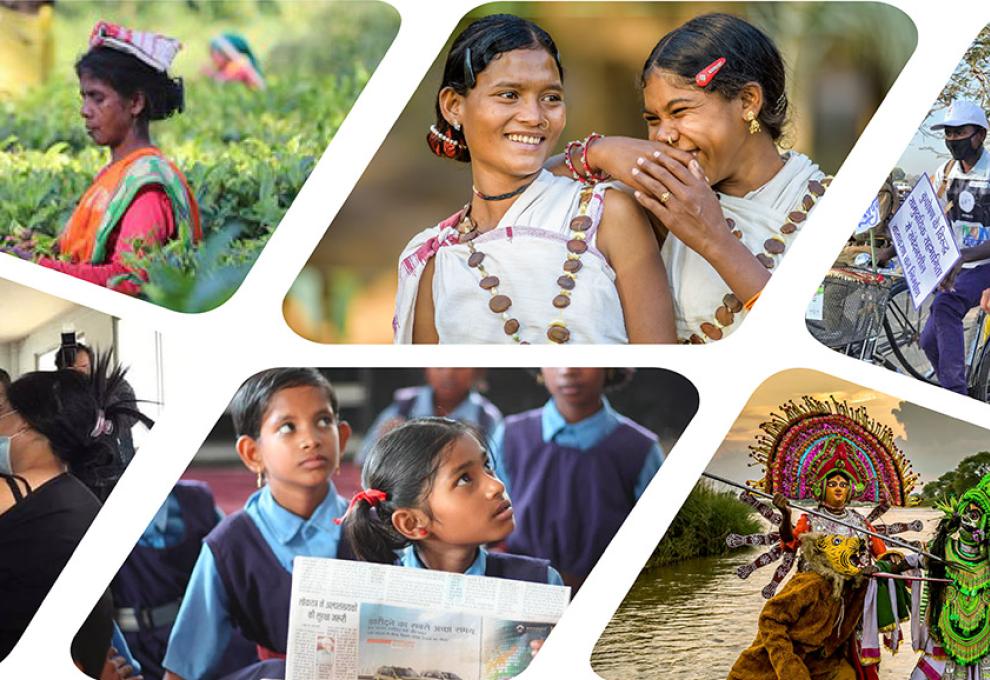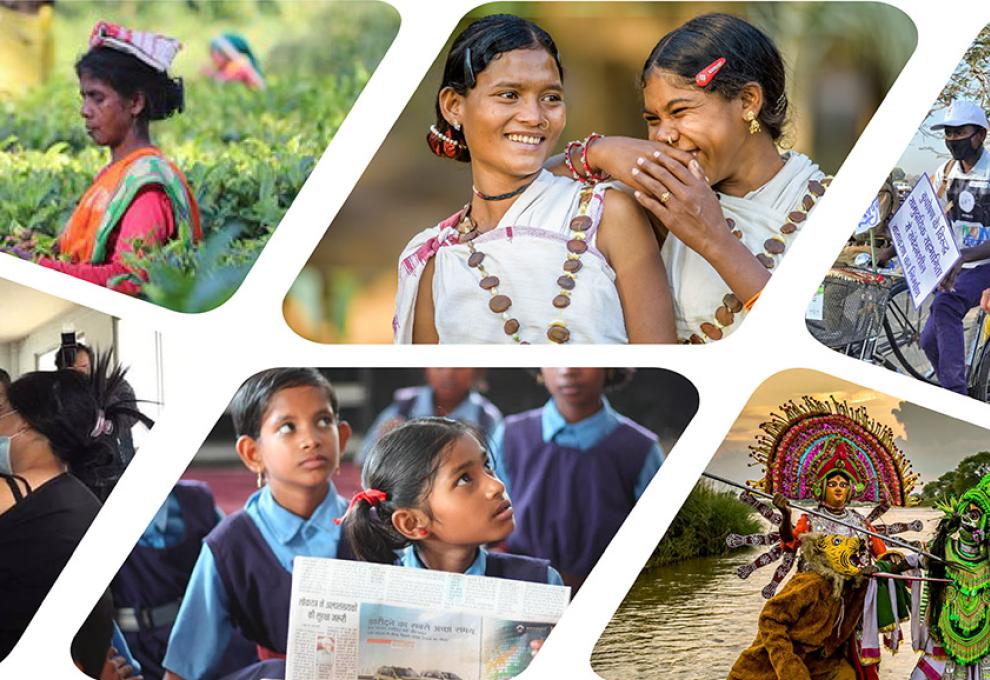A Union Budget that bets on growth
Making India Aatmanirbhar in Advance Battery Storage
How the Khawa Cluster in Osmanabad Is Changing Lives En Masse
Combating Malnutrition Requires Granular Approach
Malnutrition rates have been declining in India, but the absolute numbers of stunted (short for age) (46.6 million), wasted (low weight for height) (25.5 million), and anaemic children (73 million under-3 children) are still a concern. With a prodigious challenge of triple burden of malnutrition -- under-nutrition, over-nutrition and micro-nutrient malnutrition -- facing India and due to the cultural and geographical variance across states, combating malnutrition requires a granular approach.
Is IBC 2016 Effective?
Consumer in Post-Corona India
Deciphering the World Press Freedom Index
Powering Aatmanirbhar Bharat through Innovation and Entrepreneurship
An ongoing pandemic of unprecedented proportions, Covid-19 has impacted lives and livelihoods across the globe. Even as the best minds in the world race towards finding preventive and curative solutions to combat and curb the spread of the novel coronavirus, the current crisis has been an eye-opener to several opportunities that have presented themselves during this time.
Post-Covid Economic Growth Will Come Through India’s Ports
While Covid-19 has put the world in a major humanitarian crisis, it also has ravaged the foundations of our globalised economy. Possibly every country, big or small, has been impacted by this virus. This pandemic has led to deep supply and demand shocks, thereby disrupting international trade, and imposing severe economic pain. Economists at World Trade Organization project world merchandise trade volumes to fall by 13% to 32% (the fall was 12% at the peak of 2008 crisis) depending on how the crisis evolves.
 National Portal Of India
National Portal Of India 









